Sinonasal and Asthma Symptom Severities Correlated in Aspirin-exacerbated Respiratory Disease
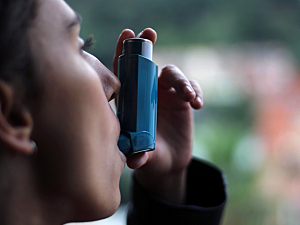
Using prospectively collected registry data, researchers at Brigham and Women’s Hospital linked increased severity of sinonasal symptoms in patients with aspirin-exacerbated respiratory disease to both worse patient-reported asthma control and worse objectively measured lung function.
Read More...
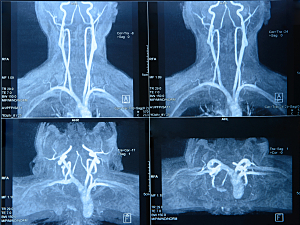
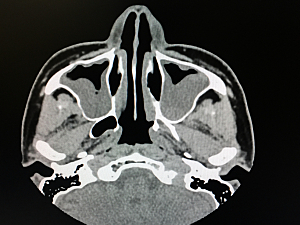
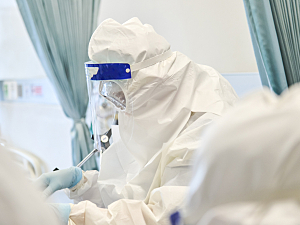
 Laryngopharyngeal reflux disease (LPR), an inflammatory condition related to the direct and indirect effects of gastroduodenal content reflux, affects up to 30 percent of otolaryngology patients worldwide. The condition leads to symptoms including chronic throat clearing and cough, excess throat mucus, postnasal drip and vocal changes, which can significantly impact the patient’s quality of life.
Laryngopharyngeal reflux disease (LPR), an inflammatory condition related to the direct and indirect effects of gastroduodenal content reflux, affects up to 30 percent of otolaryngology patients worldwide. The condition leads to symptoms including chronic throat clearing and cough, excess throat mucus, postnasal drip and vocal changes, which can significantly impact the patient’s quality of life.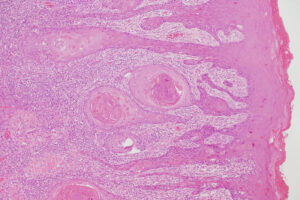


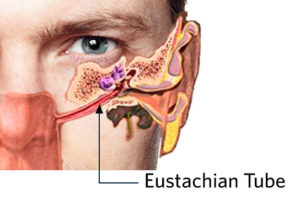 Should allergy medications such as intranasal steroids and oral antihistamines be used to treat isolated otitis media with effusion (OME)? The answer is a resounding no, according to a
Should allergy medications such as intranasal steroids and oral antihistamines be used to treat isolated otitis media with effusion (OME)? The answer is a resounding no, according to a